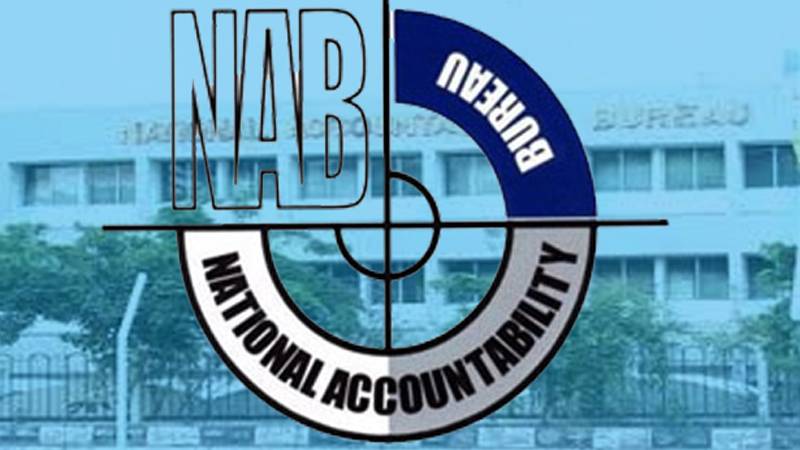NAB has entered into a plea bargain with former Secretary Finance Balochistan for Rs 3.25 billion, including one billion by his fellow contractor. The ‘deal’ has raised intriguing questions about corruption in general and the role of NAB in particular. NAB has termed this as punishment provided by law while the popular impression is that of favour to a rapacious bureaucrat. An editorial in this paper called this step ‘shameful’ and NAB’s justification ‘farcical’. The provisions of plea bargain and voluntary return attract serious questions about their justification, process, liability and deterrence.
The plea bargain is justified in NAB law’s preamble as: ‘And whereas there is a grave and urgent need for the recovery of state money from those misappropriated through corruption’. The plea bargain is considered a short, convenient, cheap, and above all, a certain way of affecting the recovery as compared to the lengthy, cumbersome, expensive and particularly uncertain outcomes through court. An accused having recourse to extensive resources can engage best defense lawyers, influence witnesses and out-maneuver the handicapped prosecution. Plea agreements are a routine in USA and other common law jurisdictions and now accepted as a norm- except that the process of NAB’s plea bargain is simplistic, unilateral and mysterious, making it all the more controversial.
NAB’s plea bargain the sole prerogative of the Chairman NAB and as per section 25 (b) ‘the Chairman, NAB, may, in his discretion, accept the offer on such terms and conditions as he may consider necessary’. This discretion is ancillary to absolute executive powers of cognisance, arrest, investigation, prosecution and withdrawal of cases. The discretion is more absolute in voluntary return which does not require even symbolic approval of the trial court, and has attracted harsh criticism from the Supreme Court for not entailing any criminal liability. Plea agreements in US are recommendations to the Court, which the court can accept, reject and alter, unlike in Pakistan where the Court is bound to accept this ‘bargain’ woven around money.
The money due or liability is the second principle criticism of NAB. Due to the informal nature of economy, the prevalence of benami and easy transfer options abroad, the exact embezzled amount is hard to unearth. This should logically make the investigation more vigilant and painstaking but the practice is contrary. The distinction between surrender and seizure has to be taken in consideration too. In USA, the prosecutors and courts accommodate the accused after confession of guilt and surrender of assets for which the courts also take a lenient view. In the present case the accused did not surrender any assets but the same were seized in cash, gold, bank accounts and property by NAB. This laudable and unprecedented seizure of moveable liquid assets has been compromised by according leniency, which the accused hardly deserves. Also, the seized amount is for one project in a particular area through one particular contractor. It is unlikely that the accused embraced corruption for just one project and otherwise behaved cleanly in all other postings without any systematic support.
Systematic and entrenched corruption is the greatest challenge to the enforcement. The evidence from around the world is unequivocal that corruption survives and booms with the help of corruption syndicates involving bureaucrats, politicians and finance experts. This syndicated corruption led the ICAC (Independent Corruption Against Corruption), the world’s most effective anti-corruption agency of Hong Kong to resist adoption of plea bargain despite pressure by some groups. NAB’s law and organisation is modeled on ICAC, except for the plea bargain, limited role of prosecution and absence of external accountability. Since its inception, ICAC has unearthed and busted systematic corruption by exposing corruption networks without getting contended with one big fish which would have left the rotten barrel untouched. The systematic assault on systematic corruption can be the only deterrence against future corruption, and not just a few billions, which were even otherwise seized.
Deterrence is first and foremost casualty of plea bargain and become totally meaningless if the accused ends up getting away with some hidden assets stashed away and able to protect his cohorts and benefactors too. The deterrence is also compromised by the lack of imagination and simplicity of punishment i.e. loss of job, return of money and no imprisonment. In developed countries, the sentencing includes number of options like less prison time, suspended imprisonment, confinement in correction facility, community work and probation. Many countries have also experimented with restorative justice options of closure and public admissions to victims. US General David Petraeus after his plea agreement managed to avoid the maximum one year sentence for mishandling classified material but ended up getting two years probation in addition to fine.
The novel concept of plea bargain first came under judicial review in the landmark case of Khan Asfandyar Wali vs Federation (PLD 2001 SC 607) through which then NAB ordinance was heavily amended and toned down. While discussing plea bargain, the Supreme court observed that “Plea bargaining is not desirable in cases opposed to principles of public policy” and recommended that Chairman NAB and Governor SBP should encourage this alternate mechanism only “in the interest of revival of economy and recovery of outstanding dues”. In the present case the verdict by the public surely seems to declare that this option is opposed to public policy and is a favour to the corrupt.






